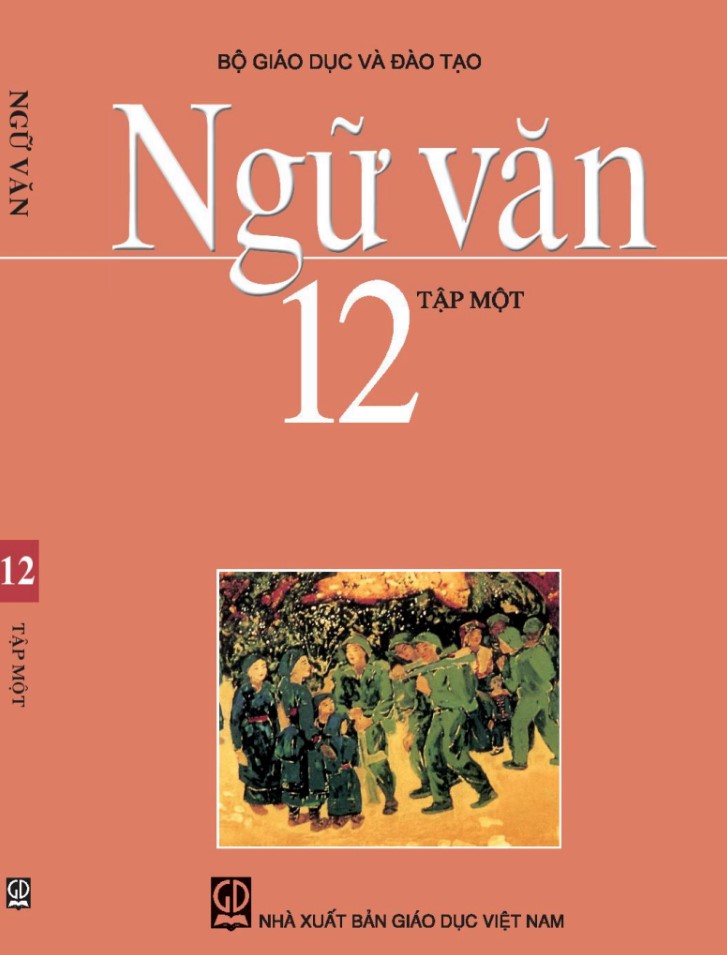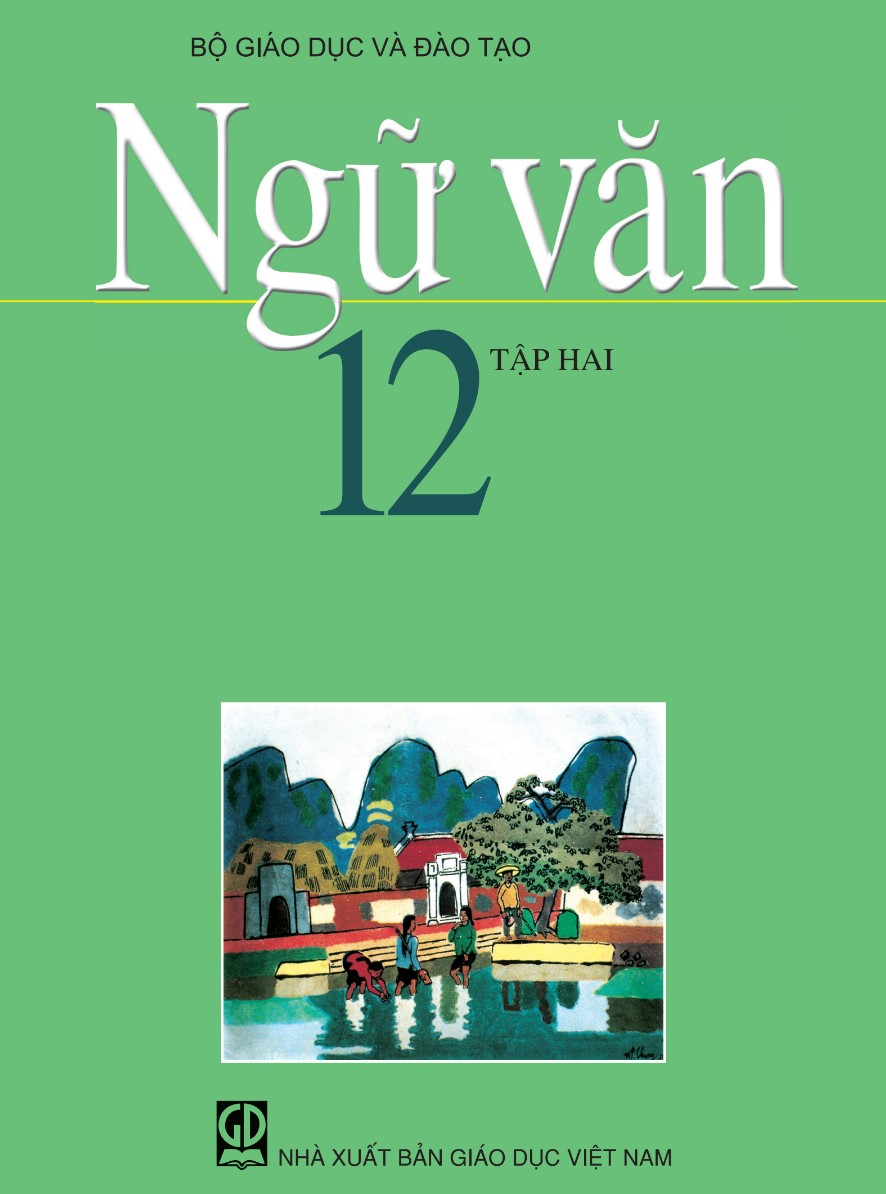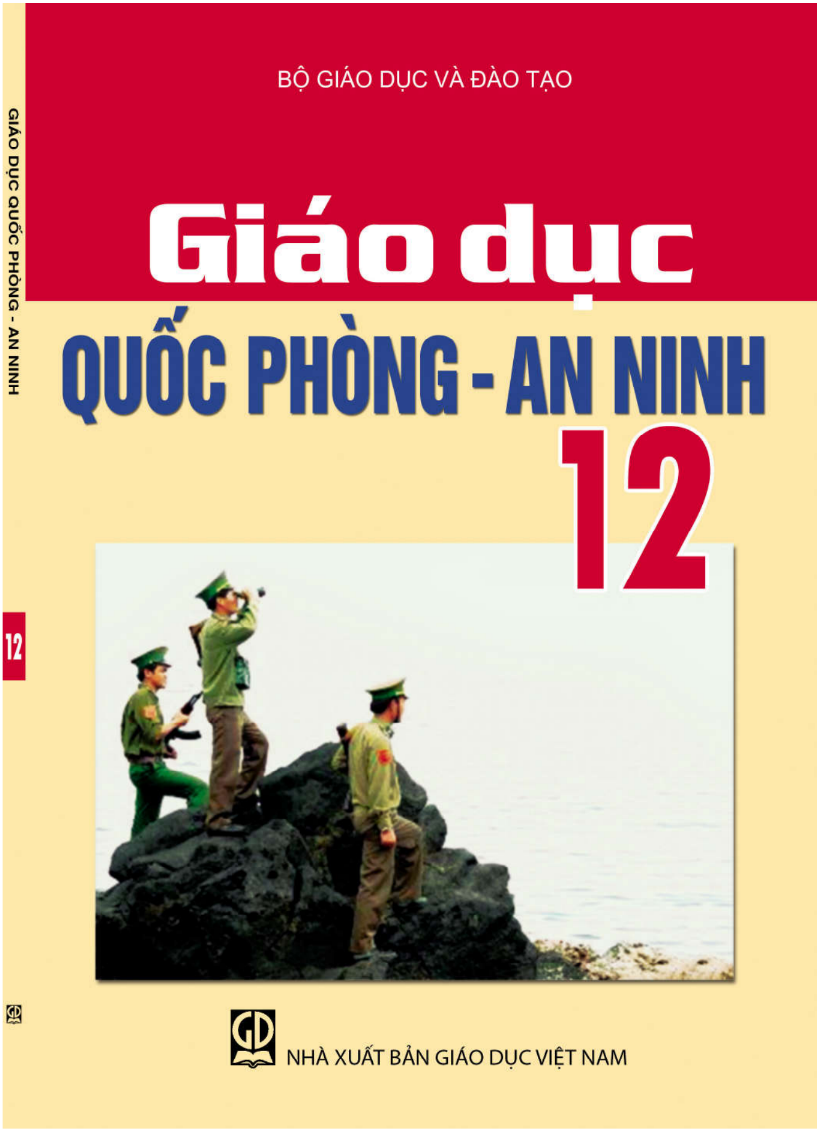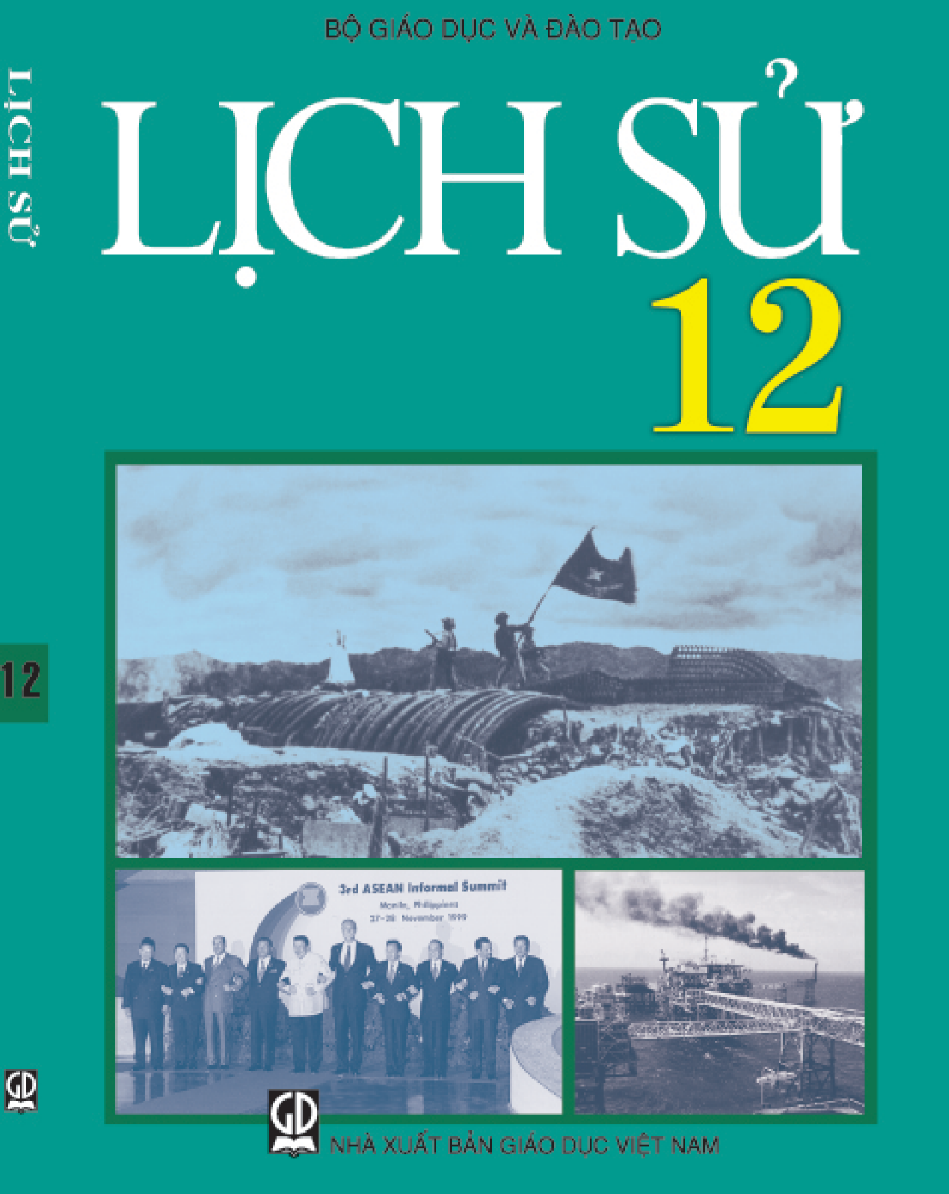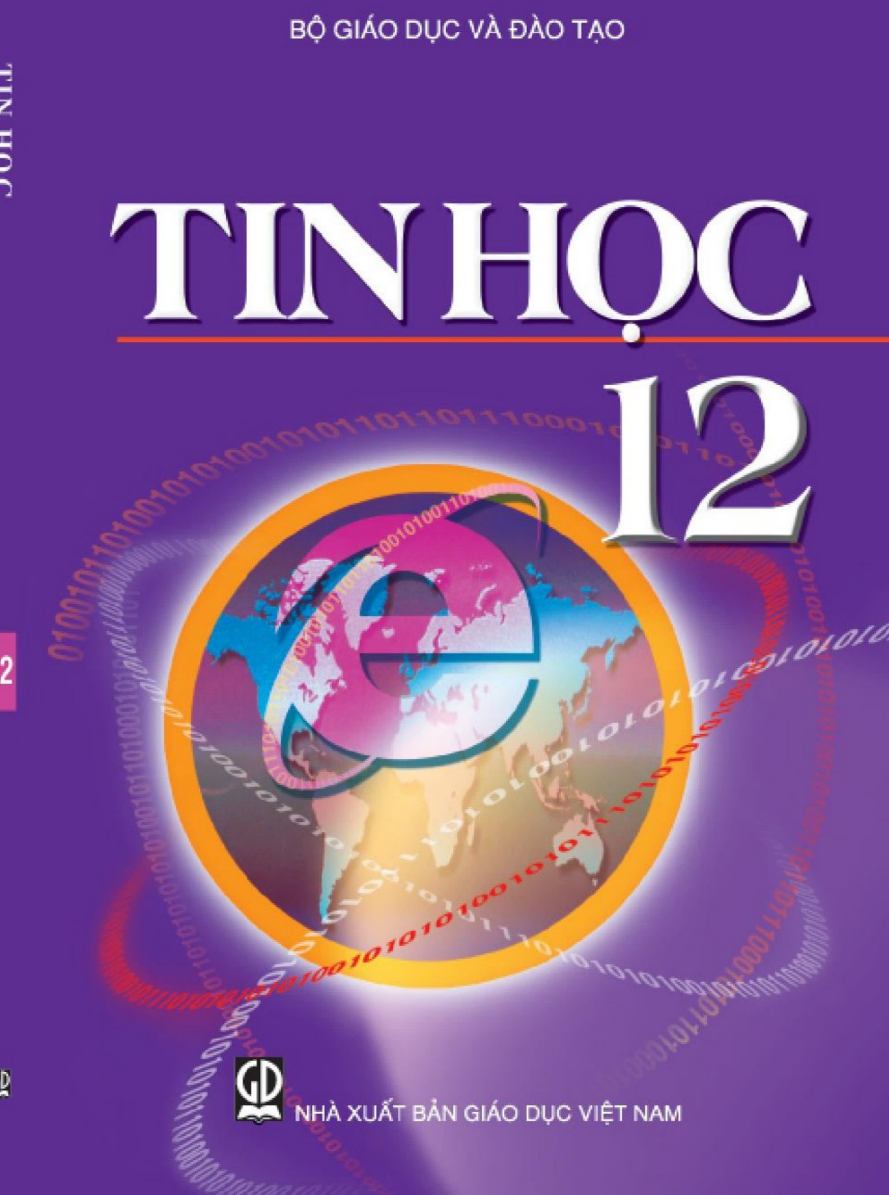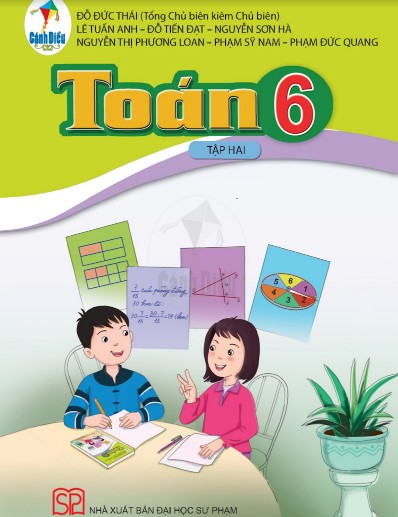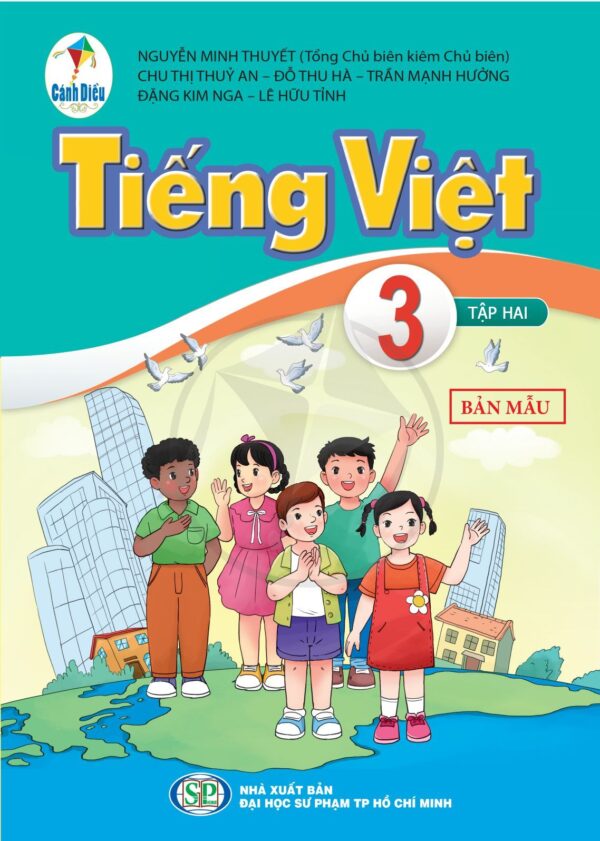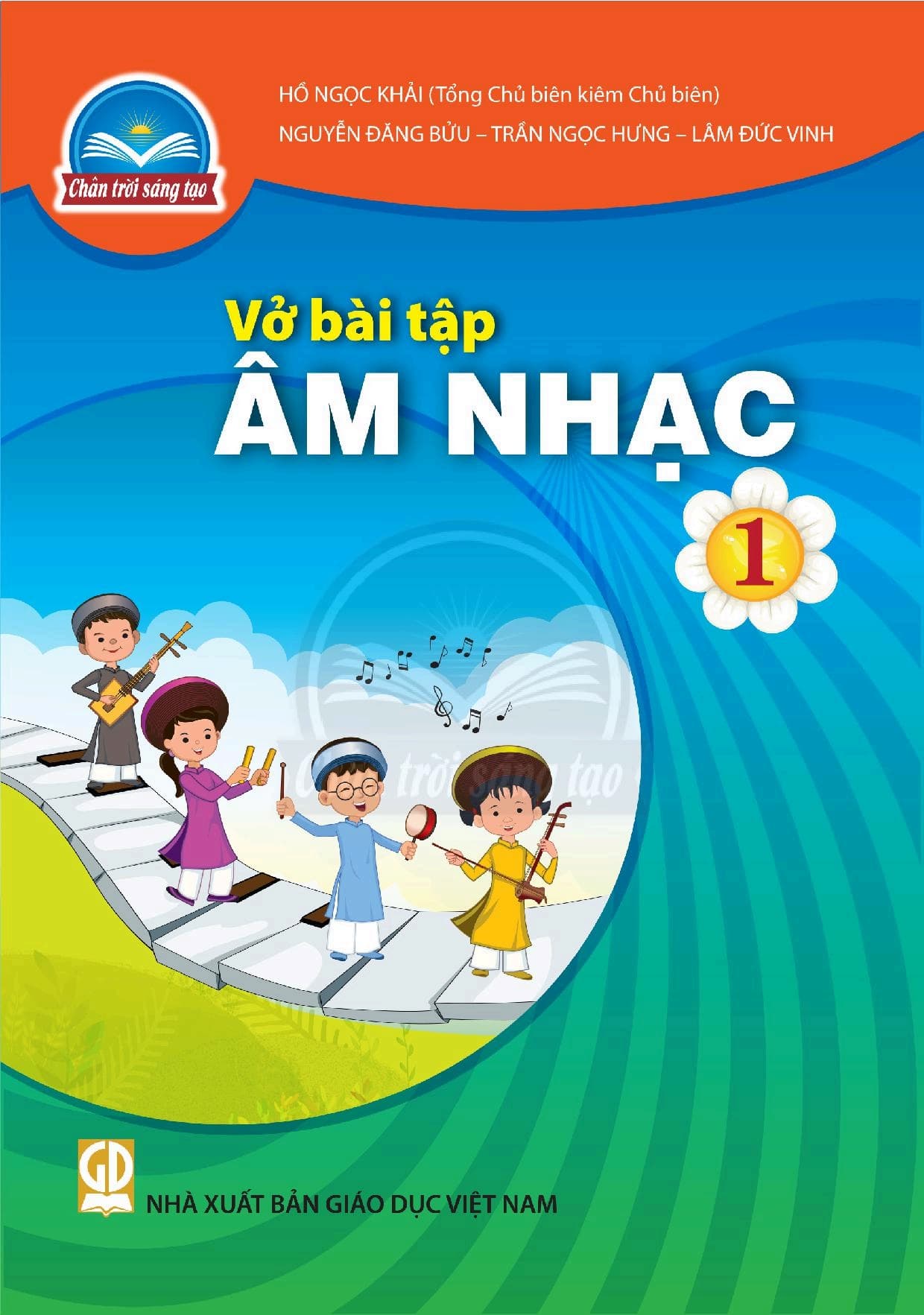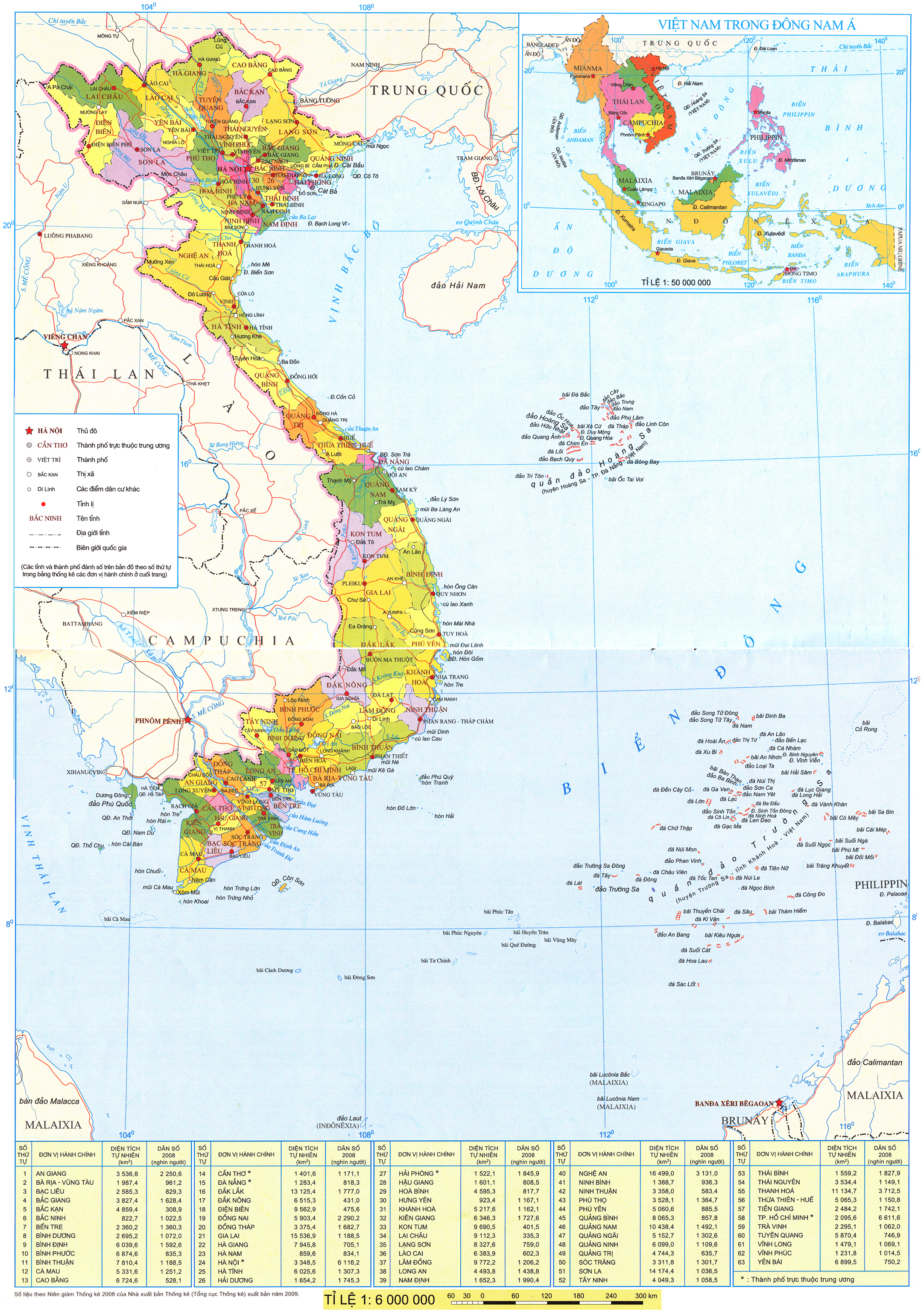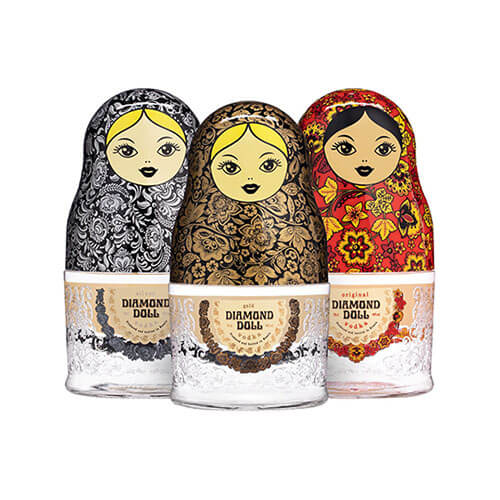(Page 23)
III. READING
Globalisation and cultural diversity
1. Work in pairs and choose the correct answers. Give examples to illustrate your choices.
1. What is globalisation?
A. The limited trade between nations.
B. The integration and interaction between people, businesses and governments from different nations.
2. How does globalisation impact cultural diversity in the world?
A. It has no impact on cultural diversity.
B. It can increase cultural diversity.
2. Read the article and match each section (A-C) with a heading (1-5). There are TWO extra headings.

1. Discovering K-pop music
2. Blending fashion styles
3. Fast food popularity
4. No borders for music
5. Variety of cuisines
The effects of globalisation on cultural diversity
As a result of globalisation, the world is becoming more and more connected. This has changed people's way of life, beliefs, art and customs, or their culture, in many respects. Although people's experiences around the world have become very similar,
globalisation has also encouraged cultural diversity. Below are some examples.
A. ___________________________
Fast food chains and international restaurants have become popular, offering a wide range of dishes and more food choices to local people. For example, here in Viet Nam, we can enjoy Italian pizza or Japanese sushi, in addition to our traditional food. Moreover, some international dishes use local ingredients, which make them unique and more suitable to local tastes. On the other hand, Vietnamese specialities, such as pho and banh mi, are also gaining popularity worldwide.
В. ___________________________
Thanks to globalisation, people can quickly discover new music from all over the world. People nowadays enjoy listening to music from different countries and cultures, and in different languages. For example, American teens are captivated by K-pop music and dance. There are also many music festivals around the globe that bring artists and music fans together. In today's connected world, it is very common for musicians across the world to work on music projects and share ideas together.
C. ___________________________
Globalisation has also impacted fashion by opening it up to a variety of styles and influences from around the world. Cross-cultural styles that blend both traditional and modern elements are on the rise. This presents opportunities for fashion designers to be creative and reflect the cultural richness of the world. It is now easier for people to keep up with fashion trends from different cultures and regions, and express their identities in new and exciting ways.
In conclusion, globalisation has helped strengthen cultural diversity in the world and made people appreciate different cultures and lifestyles.
3. Read the article again and choose the correct answer A, B, or C. 
1. How has globalisation affected people's eating habits?
A. It has decreased the popularity of traditional food.
B. It has limited people's food choices to local dishes.
C. Local people are trying new cuisines.
2. Which of the following is NOT mentioned as something that local people can try in Viet Nam?
A. Dishes from other cultures using ingredients grown in Viet Nam.
B. Traditional dishes using international ingredients.
C. A Japanese dish of cooked rice and raw fish.
3. What can be inferred from the passage about music?
A. Music has connected people across cultures.
B. Teens around the world love listening to K-pop music.
C. It is easier to organise music festivals.
(Page 25)
4. How has globalisation affected fashion?
A. It has introduced more traditional elements in fashion design.
B. It has promoted the exchange of fashion ideas and styles from around the world.
C. It has made it easier for people to create their own clothes.
5. What is the purpose of the article?
A. To discuss the positive impact of globalisation on cultures.
B. To introduce features of new cultures to readers.
C. To explain how globalisation can help people have the same experiences.
4. Work in groups. Discuss the following question.
What are some other effects of globalisation on cultural diversity? Give some examples in the context of Viet Nam.
